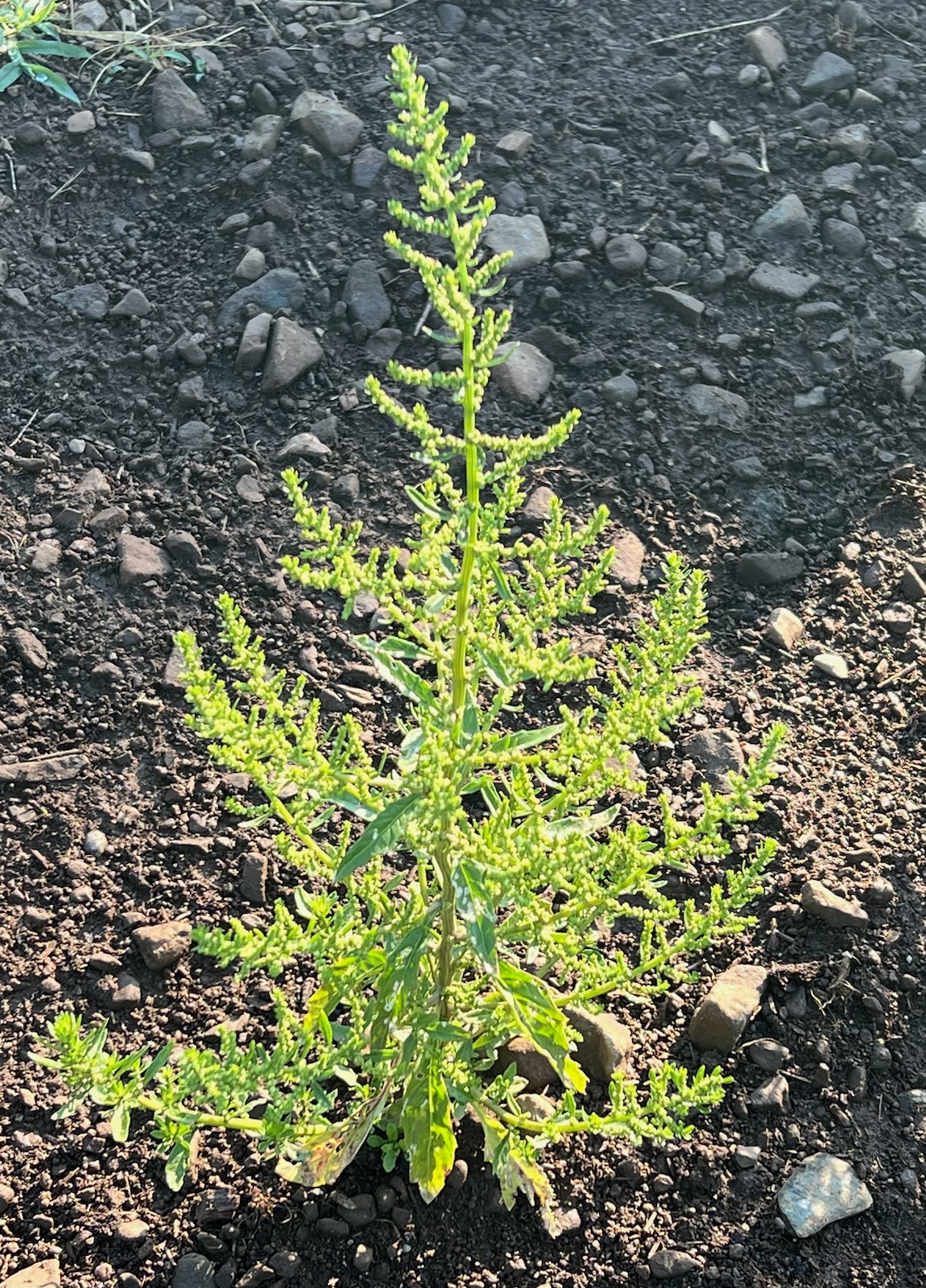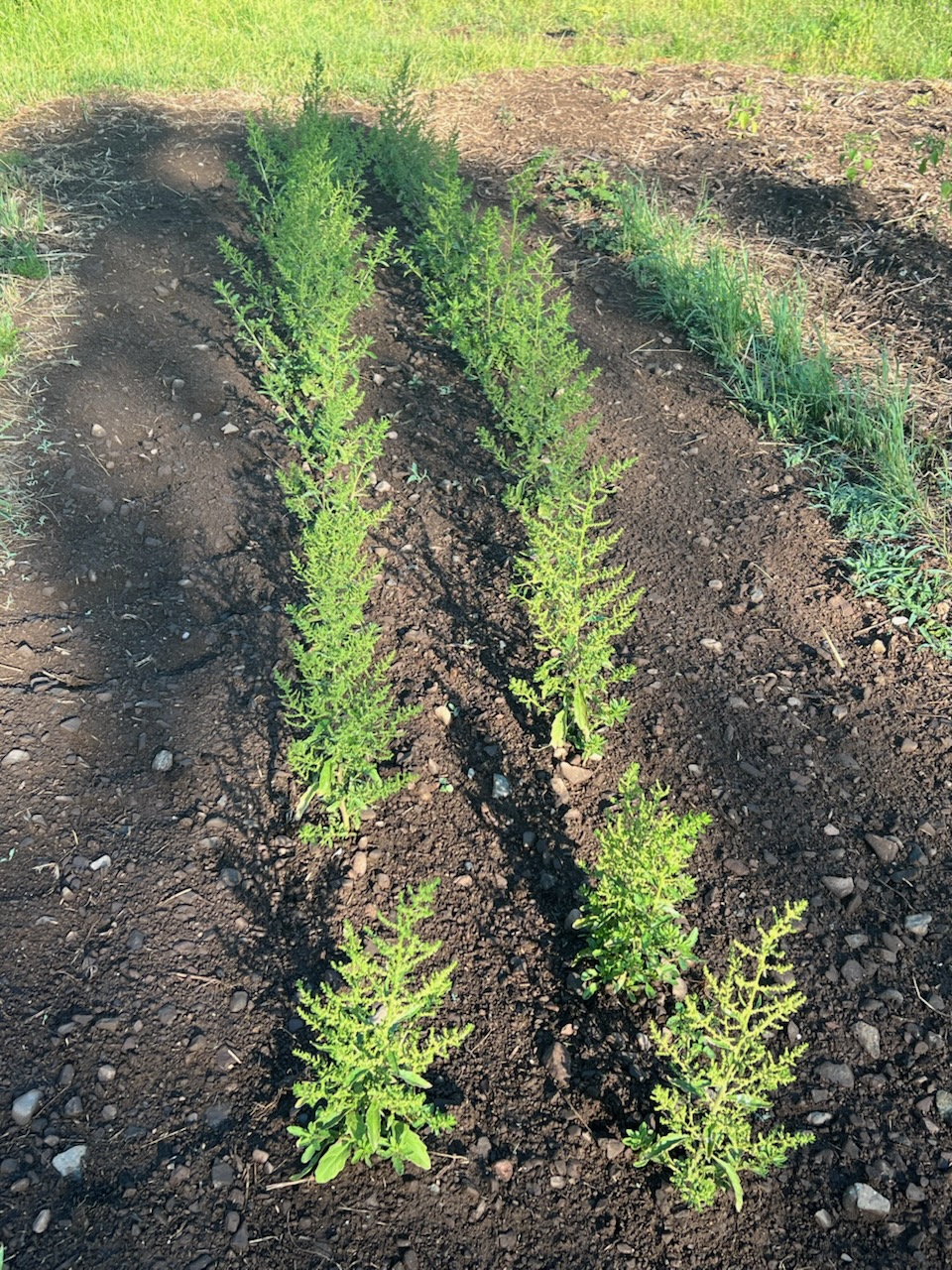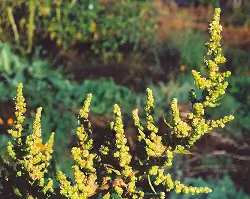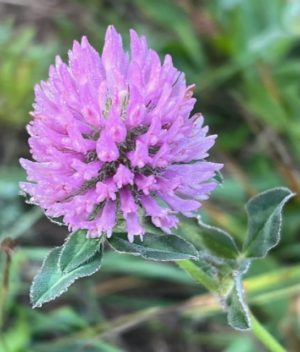Epazote (Chenopodium ambrosioides) seeds, organic
$3.95 – $34.10
Family: Goosefoot (Chenopodiaceae)
Perennial hardy to zone 8 to 12, often grown as an annual, 45 days to harvest
(Wormseed, Jesuit’s Tea, Mexican Tea, payqu, Dysphania ambrosioides) Native to Mexico and the American SW, this pleasantly aromatic plant is the source of a potent spice. The dried leaf is traditionally mixed in bean dishes. Traditional usage (TWM): allays flatus, vermifuge. Strew seed on surface of sandy soil and keep moist until germination. Plant prefers full sun, dryish to mesic soils, and does well in standard garden soil, dryland or abandoned places.
Please note: We will rub this seed as long and hard as we can, and winnow until the cows come home, but the calyx is persistent, and there may be some seeds in the sample not yet divested of their green covering. We’ve adjusted the seeds per gram accordingly.
Packet contains 300 seeds
1 g contains ~3,000 seeds
5 g contains ~15,000 seeds
10 g contains ~30,000 seeds
100 g contains ~ 300,000 seeds
Certified Organically Grown









brandonguergo –
This herb is growing nicely for me in Florida, and is a must with beans as the main staple in my diet.
Use mulch or it will spread everywhere! The seeds are smaller than mustard seeds.
Do both the dried herb and fresh herb allay gas? I only just started getting a nice amount for drying.
Upvote if this was helpful (4) Downvote if this was not helpful (0) Watch Unwatch Flag for removal
Richo Cech –
hi brandon, thanks for connecting. I did an epazote monograph in my new book (coming out later this month), so this is fresh in my mind. the herb and the seed are used. generally works fine to use a fresh sprig in a pot of beans, and it doesn’t matter if you put it in early in the cooking or later. the ill effects of the peculiar bean proteins (lectins) are neutralized so that the beans don’t generate too much gas in your intestines and also, strangely, the pot of beans can be stored much longer without going bad if you’ve taken the precaution of using some epazote in there. if you want to dry it, hang the fronds in the rafters and then rub through a screen to break down the spice and remove the stems. the dried herb works fine. the seed is stronger than the herb and a whole nother story. richo
Upvote if this was helpful (3) Downvote if this was not helpful (0) Flag for removal
brandonguergo –
Wow, thanks. I will have to investigate the seed when the time comes… I should’ve figured it too could be of interest.
Upvote if this was helpful (1) Downvote if this was not helpful (0) Flag for removal
debbiescamp –
Has anyone noticed if honeybees enjoy the flowers or which pollinators are attracted ?
Upvote if this was helpful (0) Downvote if this was not helpful (0) Flag for removal
Richo Cech –
Hi debbie, thanks for writing! your info is on page 328 of my new book “growing plant medicine.” .. pollinated by wind, flies and gnats. the stuff repels most insects. richo
Upvote if this was helpful (3) Downvote if this was not helpful (0) Flag for removal
Dezlie Broome –
Looking forward to your book. 👍
Upvote if this was helpful (1) Downvote if this was not helpful (0) Flag for removal
Question
adolphhernandez –
I dont see the option for the 1 g contains ~3,000 seeds?
Upvote if this was helpful (0) Downvote if this was not helpful (0) Watch Unwatch Flag for removal
Richo Cech –
i believe this means the 1 gram size is sold out and all we have for sale are packets. r
Upvote if this was helpful (0) Downvote if this was not helpful (0) Flag for removal
jasperdshide (verified owner) –
As usual I was met with incredible germination rates and good healthy growth. My only problem with this plant is having to pick just one out of a few dozen equally happy seedlings for lack of window space. Even the young plants have that hard-to-characterize smell that any fan of Mexican food will instantly recognize.
Upvote if this was helpful (0) Downvote if this was not helpful (0) Watch Unwatch Flag for removal
Mary Kleven –
Does the seeds come from Mexico? Thanks!
Upvote if this was helpful (0) Downvote if this was not helpful (0) Flag for removal
Richo Cech –
Hi Mary, I suppose one could say that the line originated in Mexico, but no, these are grown here on our farm in Southern Oregon. Richo
Upvote if this was helpful (0) Downvote if this was not helpful (0) Flag for removal